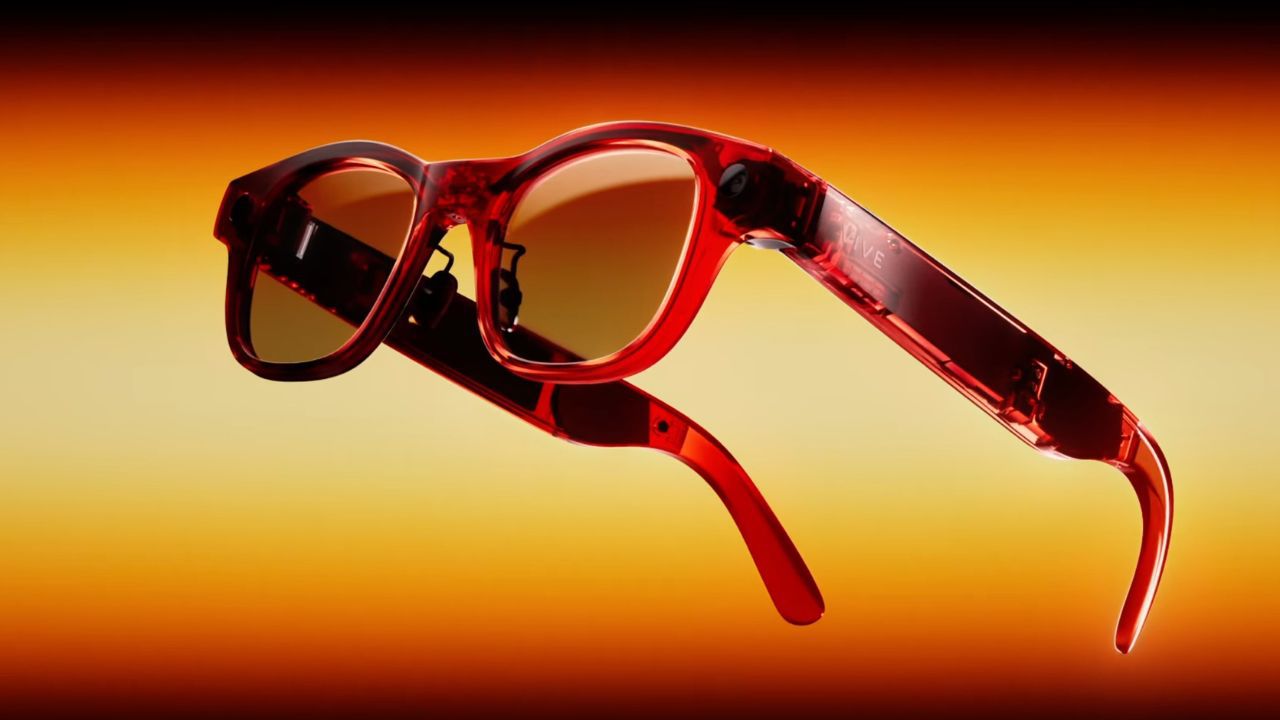HTC, a prominent name in XR technology, has made its foray into the increasingly competitive smartglasses market with the launch of its latest device—the Vive Eagle. In contrast to bulky VR headsets, these glasses are designed to be slim and lightweight, focusing on AI-powered assistance and media capture rather than immersive displays.
Why Smartglasses Are Making a Comeback
Although smartglasses have existed in various forms for over a decade, the arrival of advanced AI voice assistants built on large language models has sparked renewed interest in the category. Industry experts see today’s smartglasses as the stepping stone toward the ultimate XR glasses—devices that merge compact design with powerful immersive features. At the same time, current XR headsets already boast rich capabilities but struggle with bulk and comfort. This has left the industry working from both ends: adding features to glasses while shrinking headsets. The expectation is that both form factors will eventually converge into the ideal balance of size and functionality.
Also Read | Could Your Child Be Born from a Robot? China Thinks So
Vive Eagle: Compact Yet Capable
HTC’s decision to expand the Vive brand—traditionally associated with immersive headsets—into smartglasses marks a bold step. Weighing only 49 grams, the Vive Eagle resembles Meta’s Ray-Ban smartglasses, offering an onboard AI chatbot, voice commands, and a camera for photos and videos. Like Meta’s design, it includes a physical button for capturing content and an LED indicator that signals when the camera is active.
Camera and Storage Specs
The Vive Eagle’s camera setup includes a 12MP sensor capable of shooting HDR photos at a resolution of 3,024 × 4,032. Video capture comes in at 3MP (1,512 × 2,016) at 30 frames per second. For storage, the glasses pack 32GB of internal memory—enough for around 3,000 photos or 50 videos lasting up to three minutes each, according to HTC.
Smarter with Vive AI
At the heart of the device is Vive AI, HTC’s integrated assistant that can perform everyday tasks like snapping photos, playing music, or launching apps—all offline. For more advanced queries, HTC allows integration with external AI platforms such as OpenAI’s ChatGPT or Google’s Gemini, ensuring requests are anonymised to preserve user privacy.
Also Read | AI + IoT Meet Wireless Power: Powercast Is Making Battery-Free Possible
Features Beyond Media
HTC has also equipped the Vive Eagle with real-time translation across 13+ languages, including photo-based translations. Voice controls extend to managing smartphone apps, scheduling events, and streaming music. Both iOS and Android devices are supported, although Android users may see additional functionality thanks to the platform’s flexibility.
A Convergence in Sight
The Vive Eagle is HTC’s clear bet on the future of AI-powered wearables. By combining sleek design with practical intelligence, HTC joins the wave of companies redefining what smartglasses can be. As the XR industry continues to blend the best of glasses and headsets, devices like the Vive Eagle may represent the bridge toward truly immersive, everyday wearables.




